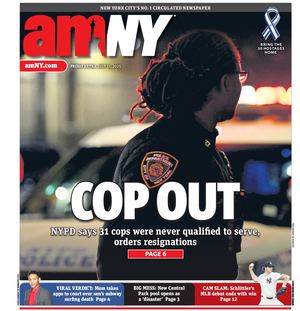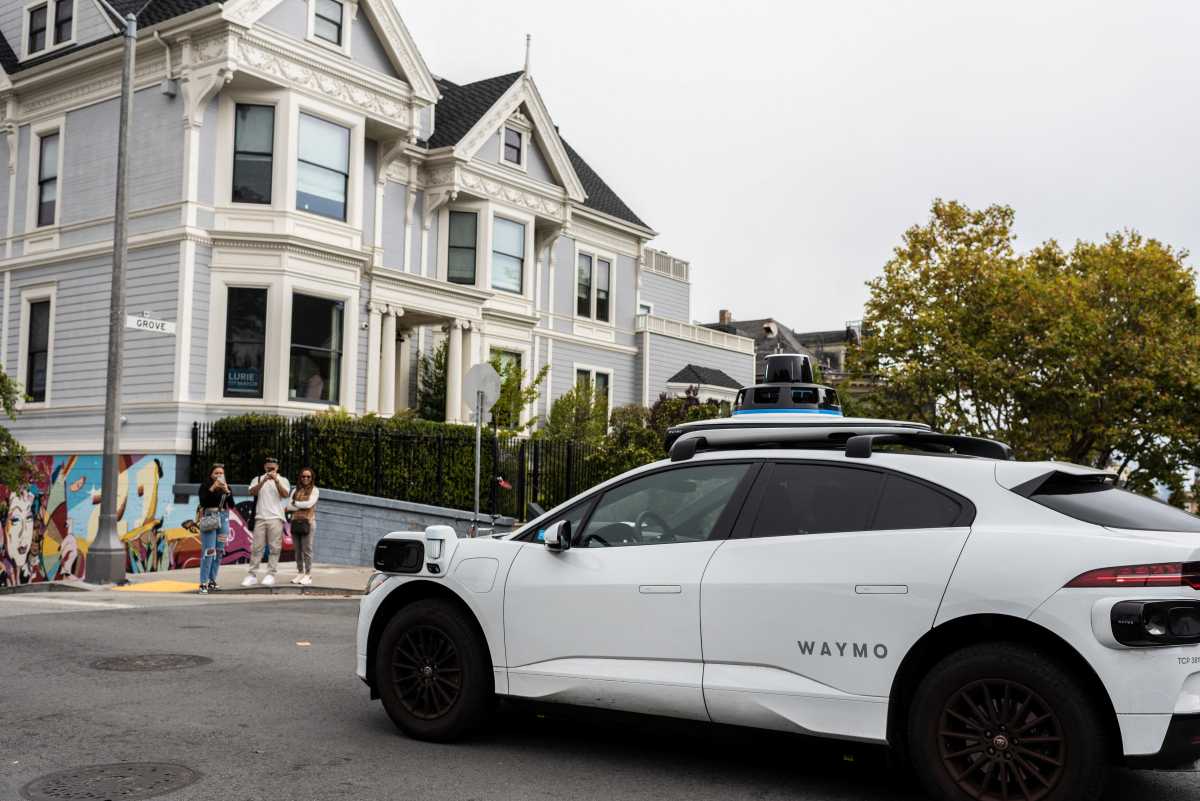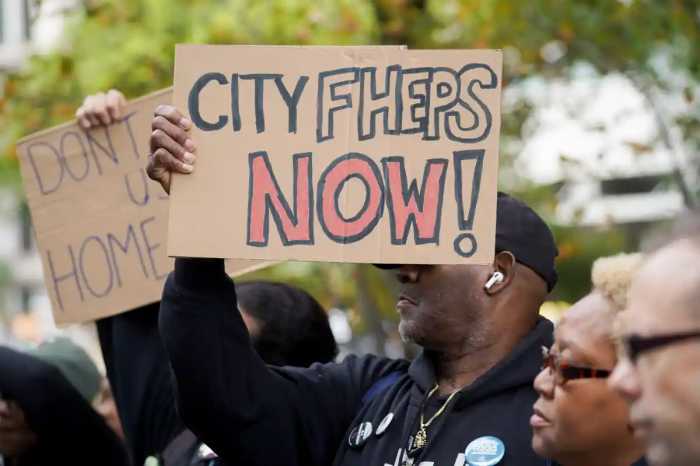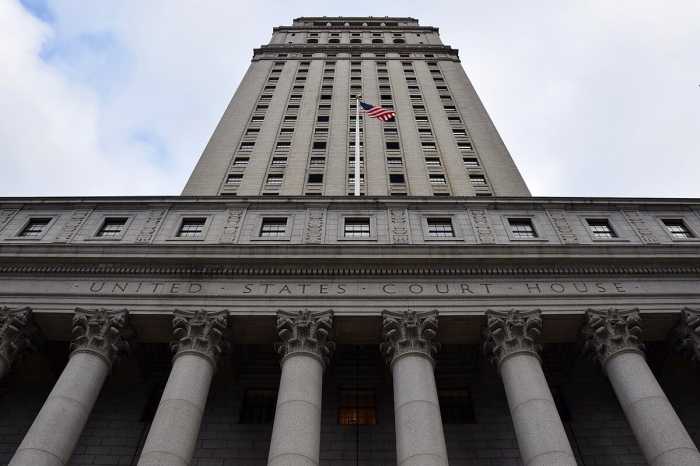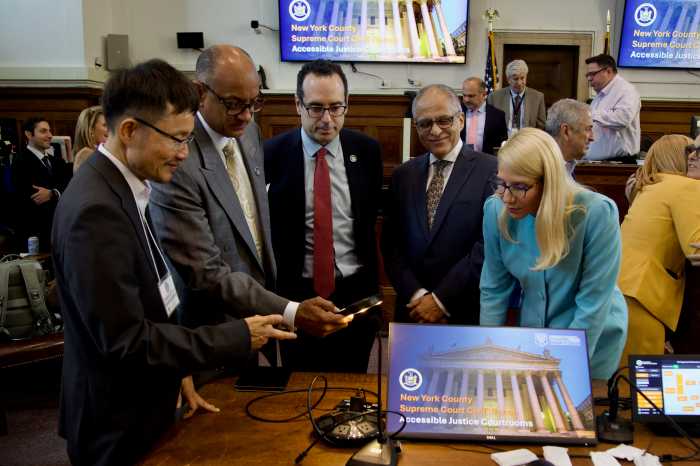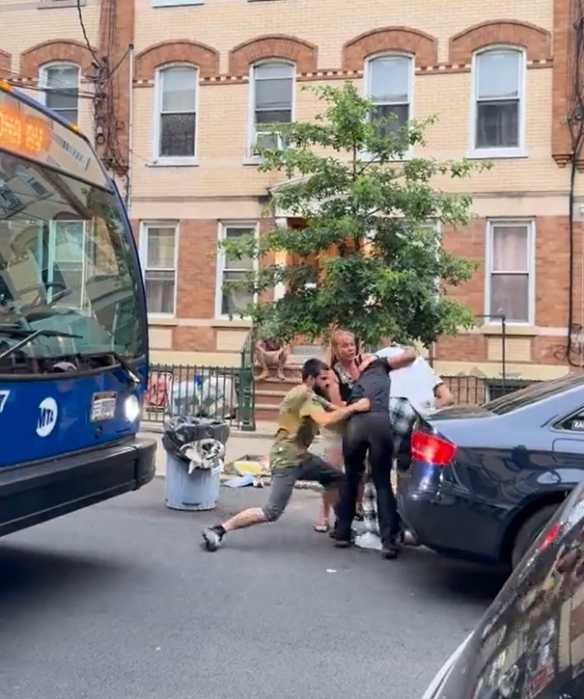Waymo’s recent expansion into New York City is making headlines, stirring a mix of curiosity and speculation in the taxicab, for-hire vehicle, and ride-hail industries.
While some are wondering what this means, how it will work and how it will affect them, the answer is quite simple: Autonomous vehicles (AVs) will save lives, create jobs, reduce congestion, and provide significant support for Vision Zero efforts to eliminate traffic injuries and fatalities. It is a game changer, and New York State and City must catch up with the more than 25 U.S. states enabling this technology to operate on public roads.
For now, Waymo’s NYC operations will involve human drivers behind the wheel with no paying passengers. This is not the same, full-blown autonomy that Waymo provides elsewhere, including San Francisco, Phoenix, Los Angeles, Austin, and Atlanta. It is a data-gathering and simulation exercise that is an essential first step before the company can consider launching robotaxi service. It will take time before passengers can ride in driverless cars, as a recent bill to fully deploy Waymo in New York did not pass.
The Regulatory Landscape: City Control & State Inaction
New York’s AV regulatory framework is defined by tight local control and state level inertia. The state allows companies to obtain a permit from the DMV to test AVs on public roads with human safety drivers. At the same time, to test in NYC, companies must obtain approval from the NYC Department of Transportation. Even with state and local approval, Waymo cannot launch commercial robotaxi services in the five boroughs without approval from the NYC Taxi & Limousine Commission to operate as taxis or rideshare vehicles. However, there is no legal pathway to such approval nor a plan to create one.
The launch of AVs in NYC remains uncertain, whether as taxicabs, a high-volume service like Uber and Lyft, or leasing the vehicles to existing companies and taxi medallion owners. While other states like California and Florida have authorized commercial AV operations, New York lacks a clear legal framework for this. Companies like Waymo have successfully deployed fleets in other markets, allowing passengers to book rides via their app. For full-scale AV services to operate in New York, legislative action is essential.
New York is at a standstill regarding AV deployment. Proposed legislation in Albany has not passed, leaving companies facing regulatory uncertainty. Some legislative support even exists from the taxi industry for the exclusive operation of AV services with medallions, but progress on this and other options remains stalled.
Investing in People: Workforce Development for the AV Era
A promising sign is the proactive focus on education and workforce development. AVs are expected to create more jobs than they displace. Although taxi and for-hire drivers may have concerns, cities with Waymo and other AV companies have not seen significant job losses for taxi drivers.
Thanks to Waymo’s support, the University Transportation Research Center (UTRC) of The City University of New York is helping Bronx Community College expand its AV and Electric Vehicle training curriculum. This enhanced program will equip students with skills in programming, AI, automotive systems, and AV maintenance for careers in the growing AV technology workforce.
This is a model for how the AV revolution can be inclusive rather than disruptive. AVs are expected to scale slowly in cities, allowing for a smoother workforce transition and providing opportunities for re-training and partnerships between legacy drivers and AV companies.
AVs and Vision Zero: Partners in Progress
NYC’s Vision Zero initiative aims to eliminate traffic deaths and injuries, but in 2024, over 250 people were killed on city streets. AVs offer a potential solution, as they use sensors and algorithms to avoid human errors like distraction and fatigue. For instance, Waymo’s technology has reduced serious injuries by 88% and pedestrian injuries by 93% compared to humans. With an effective deployment strategy, AVs could significantly enhance road safety and reduce traffic violence.
What Happens Next?
Waymo’s NYC debut is an opportunity, not a threat. However, regulators must choose responsible operators with strong safety records to test their technology. These services should address mobility challenges, including reducing car ownership, supporting underserved communities, alleviating congestion, and ensuring accessible transportation. The International Association of Transportation Regulators (IATR), a non-profit regulatory best practices organization of robotaxi regulators, has guiding policy principles for AV testing and deployment, which states and cities have been following – and NY legislators should take a look and consult with their peers.
Matthew W. Daus is the former NYC Taxi & Limousine Commissioner, chair of the transportation law practice at Windels Marx and chair of the New York City Bar’s transportation committee.
